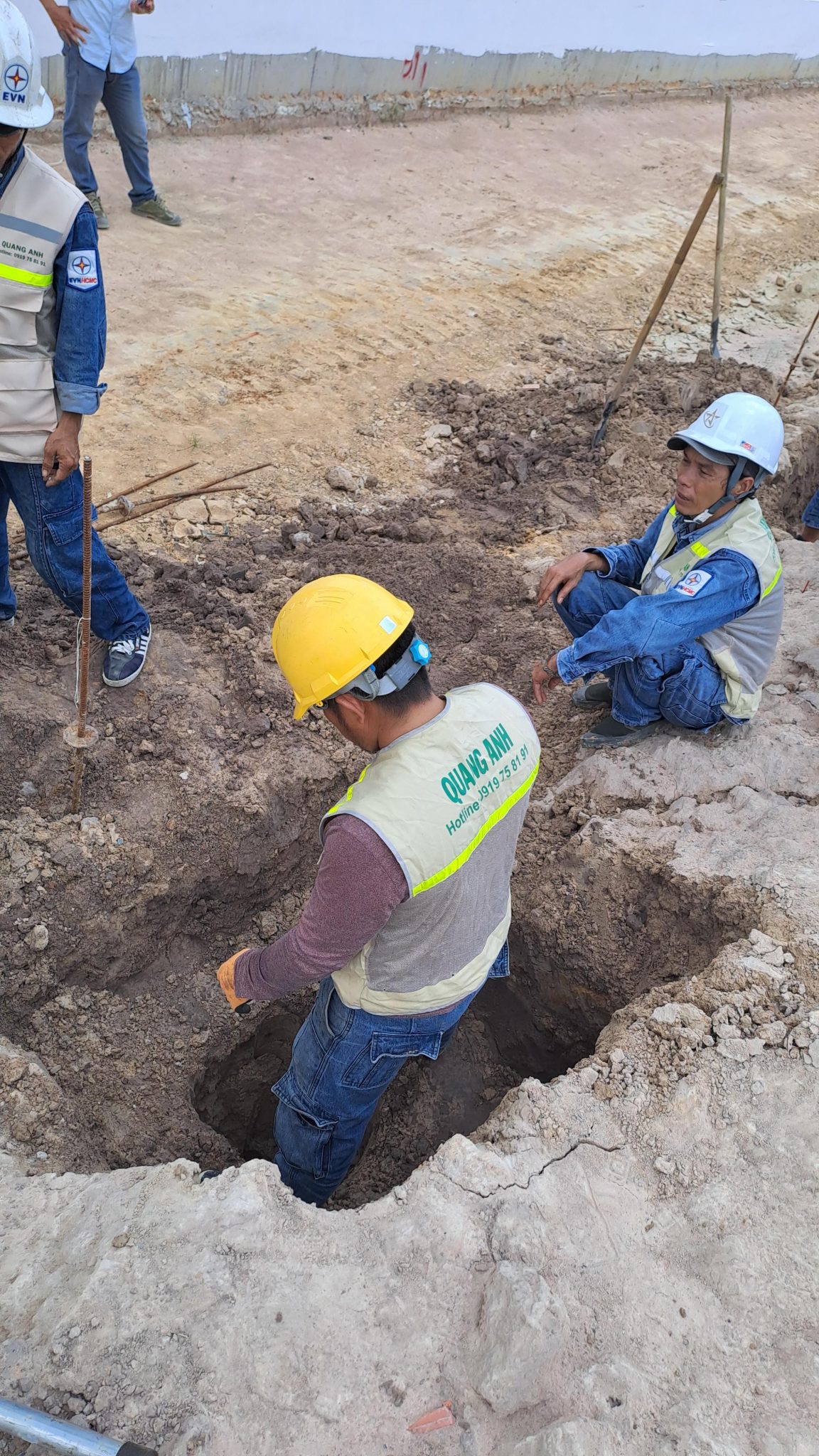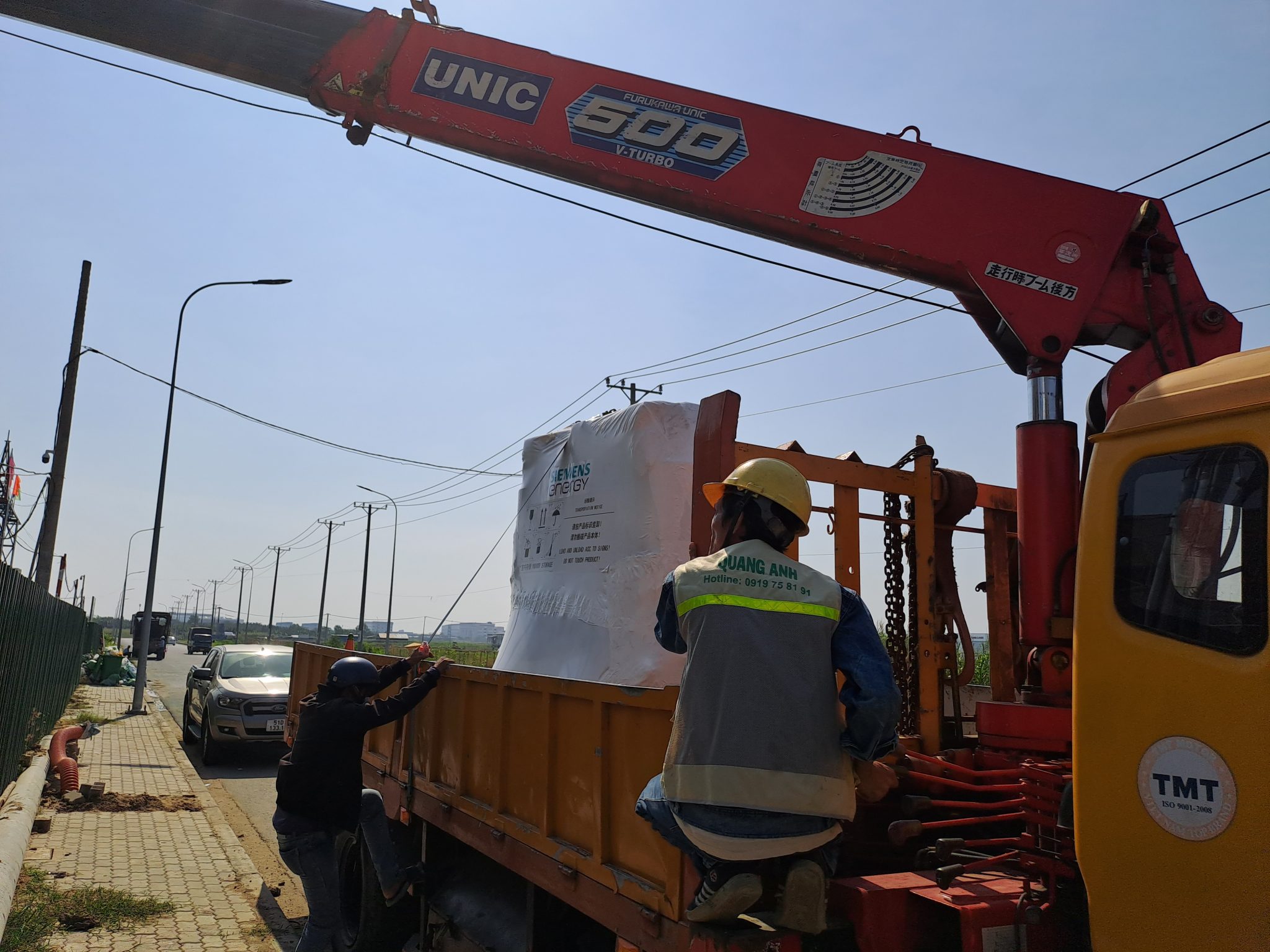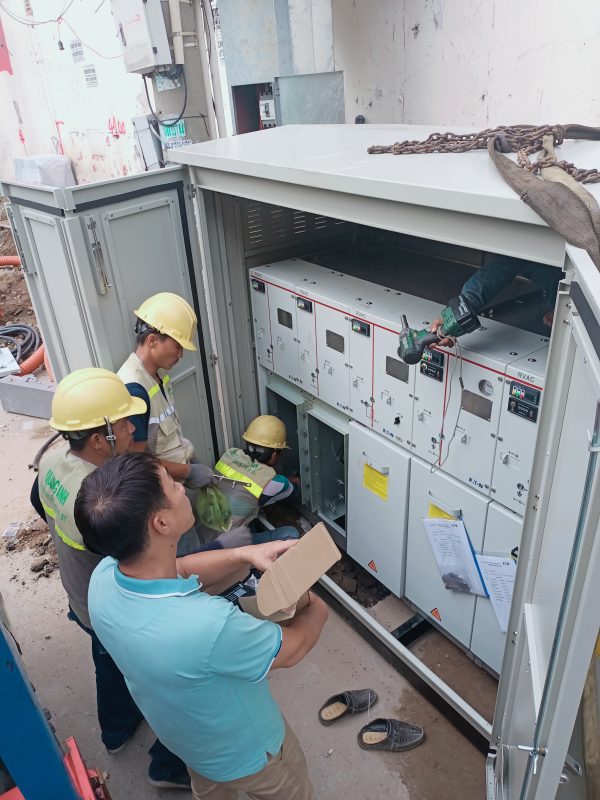Electrical system inspections are essential for safety, reliability, and efficiency in production applications, buildings, and vehicles.
Purpose and Importance of Electrical System Inspections
The aim of electrical system inspections is to guarantee operational safety and efficiency while minimizing electrical risks. This practice prevents incidents like burn-ins and shorts, thereby saving maintenance costs down the line. Systems thus maintain high performance, reducing overall expenses associated with potential electrical hazards.
Electrical system inspections are crucial for comprehensive safety and optimal device performance. Regular checks assess the safety condition of electrical equipment, reduce accident risks, and ensure compliance with occupational safety laws, thereby safeguarding individuals and systems during operations.
Routine inspections uncover potential failures and issues such as worn insulation or diminished equipment performance, allowing for timely business interventions, minimizing disruptions, and preserving cost efficiency by avoiding major hazard consequences.
These checks not only identify issues but also uphold and enhance system efficiency. Timely maintenance extends equipment lifespan, reduces system downtime, and ensures uninterrupted production and business processes.
Regular inspections also cut operational and maintenance costs. Early fault detection enables prompt maintenance planning, avoiding unnecessary emergency repair costs.
Ultimately, routine checks ensure stable and continuous electrical system operation, particularly crucial for businesses reliant on power stability. This stability supports maintaining a competitive edge in challenging business environments.

Electrical System Inspection Process: Production and Buildings
In production and building contexts, electrical inspection encompasses setting specific standards, examining equipment, and lines. Measuring insulation resistance, coil resistance, and leakage currents sustains system performance. Testing dielectric strength and safety mechanisms also plays an essential role in maintenance.
Electrical inspections are vital for ensuring safety and efficiency in systems within industries and buildings. Within manufacturing, electrical systems are pivotal to machinery operation. Key steps include:
- Comprehensive System Examination: Starting with reviewing the electrical system’s technical diagrams and documents to determine equipment locations and plan subsequent inspection steps.
- Device Assessment: Thoroughly inspect each electrical device, such as motors and transformers, to ensure proper function.
- Wiring Inspection: Examine wires and cables, promptly catching damages to reduce fault risks.
- Testing and Checks: Conduct necessary tests to ensure system stability and continuity.
In buildings, the electrical inspection process focuses on aspects like lighting and cleanliness:
- Lighting System Check: All lighting and control devices require rigorous inspection to ensure safety and performance.
- Device Cleaning: Regular cleaning of lamps and fixtures maintains cleanliness and prevents indoor air pollution.
- Component Replacement: Timely detection and replacement of parts, such as switches, is often necessary.
- Wiring Inspection: Target inspections towards conductors to identify and address potential issues swiftly.
Alongside inspections, electrical system operations in buildings require attention:
- System Monitoring and Inspection: Use system diagrams to locate devices and switch circuit breakers when needed.
- System Startup: Ensure smooth startup to prevent activity interruptions.
- Monitoring Operations: Regularly oversee electrical system functioning.
- Shutdown for Maintenance: A crucial part of the electrical maintenance process, enabling checks and repairs.
By adhering to detailed electrical inspection processes, safety during operations is preserved and system efficiency in factories and buildings is maximized.

Essential Tools for Electrical System Inspections
Effective electrical system inspections rely on tools such as power quality analyzers, harmonic analyzers, and electrical noise meters. Multimeters and insulation resistance testers are essential for measuring voltage and current, ensuring safe and efficient system operations.
Measurement tools are indispensable for assessing electrical systems. Here’s a list of crucial tools for inspections, ensuring safety and operational efficiency:
- Multimeter: A versatile tool widely used across industries and homes to measure voltage (AC/DC), current (AC/DC), resistance, frequency, continuity, and diodes. Optimizes Multimeter Usage across various fields.
- Clamp Meter: Measures current without circuit disconnection, enabling easy identification of overload and leakage issues.
- Oscilloscope: Displays real-time electrical signal waveforms, aiding in signal analysis, detecting noise and fluctuations, enhancing Oscilloscope Functionality.
- LCR Meter: Measures inductance, capacitance, and resistance of components, crucial for circuit and capacitor assessments.
- Leakage Tester: Specializes in detecting electrical leakage, particularly in capacitors, ensuring Electrical Safety.
- Network Analyzer: Measures and analyzes electrical network parameters, facilitating communications and signal transmission optimization.
- Ohmmeter: Checks continuity and detects breaks in electrical wires and accessories.
These tools’ applications range from fault detection and safety assurance to system testing and new system development. In particular, power quality analyzers are increasingly vital as accuracy and reliability demands grow. Using multimeters and insulation resistance testers ensures comprehensive Electrical Leakage Detection, vital for safe and efficient electrical system management.

Inspections offer significant technical and investment benefits, enhancing system efficiency, reducing risks and maintenance costs, while ensuring safety and operational standards.
Contact QuangAnhcons today at +84 9 1975 8191 for expert advice on electrical system inspection solutions.
QuangAnhcons offers electrical inspection services, ensuring safety and operational efficiency in production facilities, buildings, and vehicles.


Related Posts
Factory Electrical Systems: Comprehensive Design and Implementation Guide
Discover the detailed and safe process of factory electrical systems design and implementation. [...]
Oct
Blueprints Required for Factory Construction Permits
Discover the necessary blueprints in factory construction permit applications, from floor plans to electrical and [...]
Oct
What Are the Requirements for a Factory Construction Permit? A Comprehensive Guide
Explore the documentation and steps needed to secure a factory construction permit for streamlined project [...]
Oct
Factory Construction Permit Procedures in Vietnam: Essential Guidelines and Documents
Learn the procedures for securing a factory construction permit in Vietnam, focusing on document preparation [...]
Oct
Key Steps in the Factory Construction Process
Discover the essential steps and requirements for building factories. [...]
Oct
Comprehensive Electrical Substation Solutions by Quanganhcons
Discover the cutting-edge electrical substation solutions offered by Quanganhcons for industrial applications. [...]
Oct
Investment Costs for a 1MWp Solar Power System and Influencing Factors
Explore the investment costs for a 1MWp solar power system in Vietnam and the influencing [...]
Sep
QuangAnhcons: Elevating Wind Energy Solutions
Explore QuangAnhcons' leadership in wind energy and renewable solutions in Vietnam. [...]
Sep
Electrical Contractor Strategies at Becamex Industrial Park
Discover the strategic advancements and partnerships of the electrical contractor at Becamex Industrial Park. [...]
Sep
Investment Insights for 1MW Wind Energy in Vietnam: Costs and Opportunities
Discover the detailed analysis of costs and opportunities for investing in 1MW wind energy projects [...]
Sep
Advanced Electrical Installation Solutions by QuangAnhcons
Explore advanced electrical installation solutions and modern technology with QuangAnhcons. [...]
Sep
Enhancing Industrial Electrical Services with Quanganhcons
Discover Quanganhcons' expertise in industrial electrical services, offering efficient and sustainable power systems. [...]
Sep
Comprehensive MEP Solutions by QuangAnhcons: From Design to Maintenance Excellence
Discover optimal MEP solutions with QuangAnhcons, dedicated to excellence from design through maintenance. [...]
Sep
Comprehensive Electromechanical Contracting Solutions by QuangAnhcons
Explore QuangAnhcons' comprehensive services for efficient and safe energy system solutions. [...]
Sep
QuangAnhcons: Empowering Industrial Energy Solutions
Discover how QuangAnhcons delivers optimal industrial EPC solutions. [...]
Sep
Effective Industrial Construction Management and Execution
Optimize your industrial projects from design to execution with our contractor services. [...]
Sep
QuangAnhcons: Pioneers in M&E and Renewable Energy Solutions
Discover QuangAnhcons' innovative M&E services and renewable energy solutions. [...]
Sep
QuangAnhcons: Expertise and Outstanding Services in the Electrical Sector
Discover the unmatched expertise and services of QuangAnhcons, setting superior standards in the electrical contracting [...]
Sep
QuangAnhcons: Innovation and Precision in Industrial Electrical Contracting
Discover QuangAnhcons, a top contractor offering superior electro-mechanical solutions. [...]
Aug
Expert Solutions for 2x2500kVA Substation Projects with QuangAnhCons
Explore QuangAnhCons, a forefront entity in designing and constructing large industrial substations. [...]
Aug